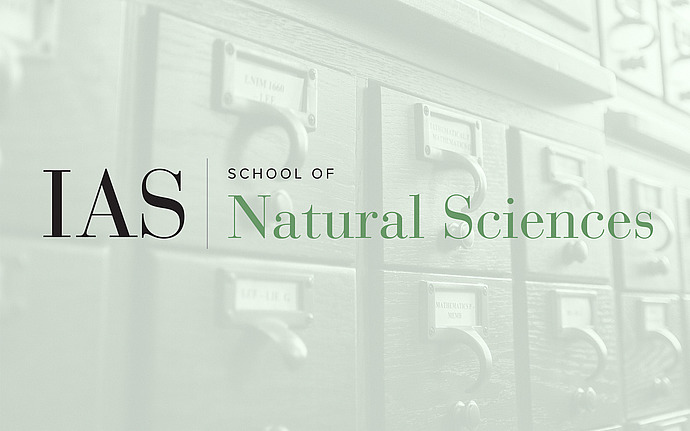
Institute for Advanced Study/Princeton University Joint Astrophysics Colloquium
Rejuvenation of Stars, Metal Enrichment, and Implants of Gravitational Wave Generators in AGN Disks: Analog of planetary systems around massive black holes
The first three gravitational-wave detection by the Advanced LIGO team have been attributed to the coalescence of two black holes with masses more than double that of most known stellar black holes. This dichotomy, their nearly equal mass ratios, and the possible detection of a spin-orbit obliquity pose challenges to some conventional scenarios for their origin. I consider an alternative possibility which may lead to the robust production of gravitational-wave generators with massive larger than a hundred times that of the Sun in the proximity of active galactic nuclei (AGN's). In this scenario, some field stars from the nearby dense stellar clusters around massive black holes are trapped into circum-nuclear disks and accrete gas. They undergo supernova explosion and collapse into single black holes, gain mass, capture companions, undergo binary contraction, coalescence, and radiate gravitational waves. I will describe some relevant mechanisms which are analogous to the astrophysics of planet formation and the implications of this scenario in the context of structure and evolution of AGN disks including the cause of their super solar metallicity, duty cycle of their active phase, and the rapid growth of their central massive black holes.
Date & Time
September 26, 2017 | 11:00am – 12:00pm
Speakers
Douglas Lin
Affiliation
University of California, Santa Cruz and Institute for Advanced Study
Event Series
Categories
Notes
Coffee and refreshments are available from 10:30 am in the Bloomberg Hall Commons Room.